-
Posts
2,744 -
Joined
-
Last visited
Content Type
Profiles
Forums
Gallery
Events
Posts posted by Gregory
-
-
A little more info about the kit would be interesting.
- michelev, Tomasz B and Keith Black
-
 3
3
-
How long? If you are plank bending, I would do it until visible moisture disappears, then an extra minute or so...
Distance? A couple of inches or so..
Just make sure you let it cool down before unclamping. If it springs back after unclamping, do it again and let it cool longer.
- thibaultron, rudybob and mtaylor
-
 3
3
-
10 hours ago, Ferrus Manus said:
Wish me luck!
See my signature! 😁
Welcome aboard!
- Ferrus Manus, Dave_E, Tomasz B and 2 others
-
 5
5
-
16 minutes ago, Cathead said:
I've also found that carefully placing just the smallest tip of rope into the threader makes it easier to thread holes that are closer in diameter to the rope, rather than trying to pull a full 2x diameter length through.
You can also unravel the rope and pull a strand through for starters..
- thibaultron, mtaylor and Cathead
-
 3
3
-
How long are those?
Looking in another log, they look a lot like the ones that came with my Resolution.
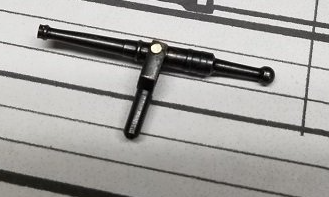
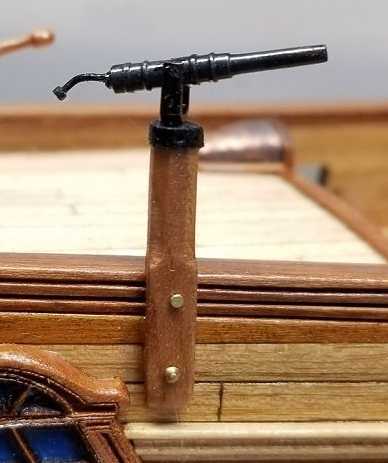
I modified them to look like this, and feel they don't look too bad. I'll show you the steps I took if you are interested.
- mtaylor and Keith Black
-
 2
2
-
Vanguard Models has open and closed hearts in sizes starting at 6mm..
They are offered with the 1:64 kits in mind so they should be a good fit..
-
The planking information and tutorials can be difficult to navigate; there is a lot to digest.
Buried in there somewhere is information on how to calculate the width of the planks from stem to stern.
You should determine how many planks are needed amidships then measure the available space at the stem and sternpost.
You would then divide those spaces by the number of planks amidships, and that would tell you how wide the planks need to be at bow and stern.
Typically the planks at the bow would need to be tapered to half their width or less. At the stern they would need to be wider, and that is where stealers would be used
To avoid the planks being to narrow at the bow, you would utilize drop planks.
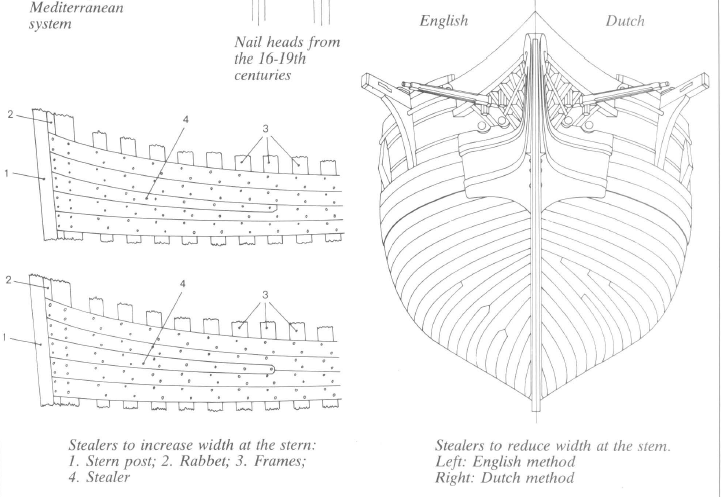
This illustration from Mondfeld calls the drop planks stealers, but the principal is clear.
I have not seen the " English " method used at the bow on any plans or models, so Mondfeld may have the terms switched.
Allan's example above is like that shown on the right side, labeled " Dutch"
Note that 12 strakes have been reduced to 8.
It looks like at this point you would need a lot of drop planks to fit your amidship planking into the bow area.
I may not even be doable without having planks that taper to a point.
You will have to decide how you want to proceed, which could involve removing some of your existing work.
-
-
Depends on the material. I think water based dyes would be a problem with polyester. Natural fibers should be OK..
I have used alcohol based leather dyes successfully with polyester.
- mtaylor and thibaultron
-
 2
2
-
P.S.
Checked, and see that Chuck used .012" = .3mm for ratlines on Cheerful at 1:48 which would be .576 " full size.. Close to 1/2 " and looks good.
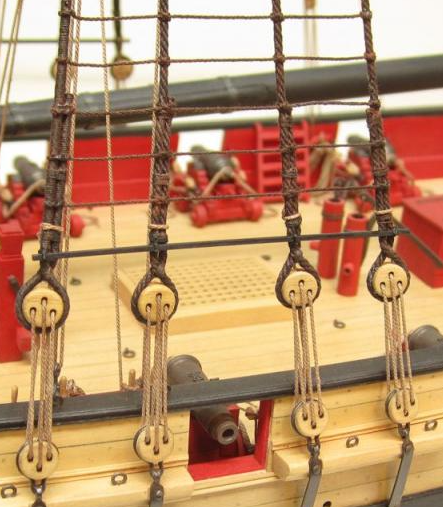
.008 = .2mm is the smallest size Chuck sells.
- Ryland Craze, Dave_E, thibaultron and 1 other
-
 3
3
-
 1
1
-
I would be surprised if the typical ratline were bigger than 1/2" diameter =12.7mm.. At 1/64 = .198mm
Sryen's .008 = .2mm would work at 1;64
Probably not done to scale for most projects.
When all else fails, go with what looks good.. Smaller is better.
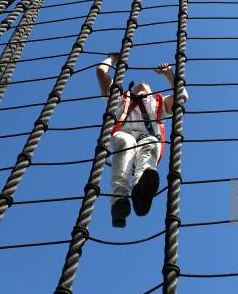
- mtaylor, thibaultron, Ryland Craze and 1 other
-
 4
4
-
.1mm Is smaller than a lot of sewing thread.. It would seem black thread would pretty easy to source.
- thibaultron and mtaylor
-
 2
2
-
Quote
Do I spile the top(upside) of the plank or the bottom(downside)
Both, in a sense.
Normally you would be tracing the edge of a plank that is already in place, it could be the top or the bottom.
David Antscherl's paper shows doing this with dividers.
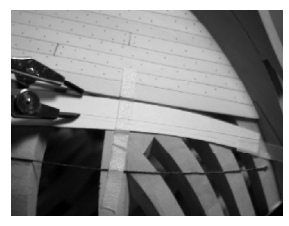
I use masking tape.
The traced edge of the new plank should match the existing plank perfectly. You will then establish the shape of the other edge of the new plank based on the width desired. It may taper toward the bow or widen toward the stern. Once in place, the open edge will be traced for the next plank.
When there is only enough space for one ( the final ) plank, then the edges of the planks above and below the space will be traced to create a plank that fills the space ( hopefully ) perfectly.
With the edge bending method, I would establish the width and tapering of the plank before bending.
-
-
Just another thought.
I have shaped my garboards more or less by extending the plank straight along the keel and noting where the upper edge meets the keel, then shaping it accordingly..
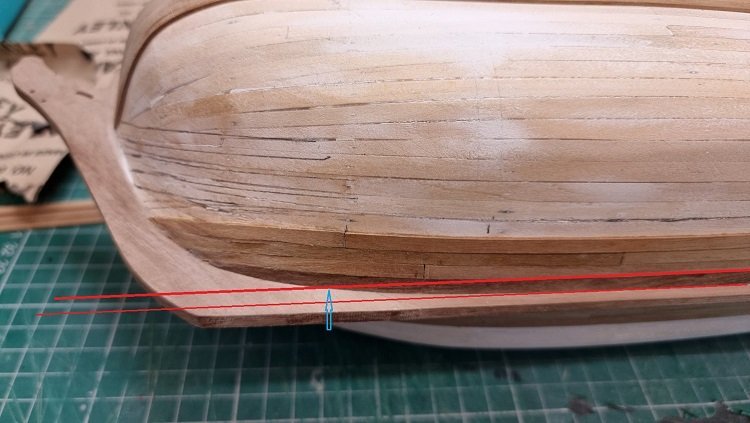
It also helps if the garboard is a little wider than the other planks.
- mtaylor and Thukydides
-
 2
2
-
I agree your garboard looks OK based on the criteria I quoted.
I think you can fudge on the 50% a bit.. ( Whose checking?)
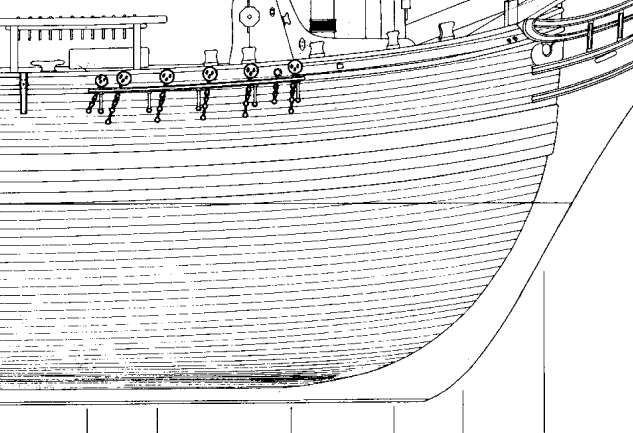
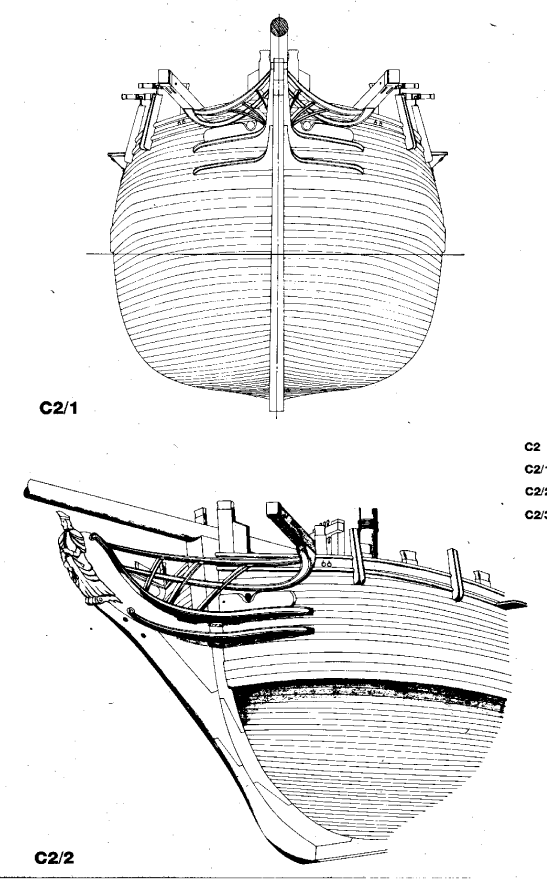
These drawings from the AOTS book show no drop planks and no stealers at the stern.
The scale of your planks may present a problem. Not much help here, but something to think about for future projects.
-
-
12 minutes ago, fifthace said:
I was under the impression planks shouldn't be made any narrower than half their width?
That is correct, and where a drop plank would be used. It reduces the number of planks by 1..
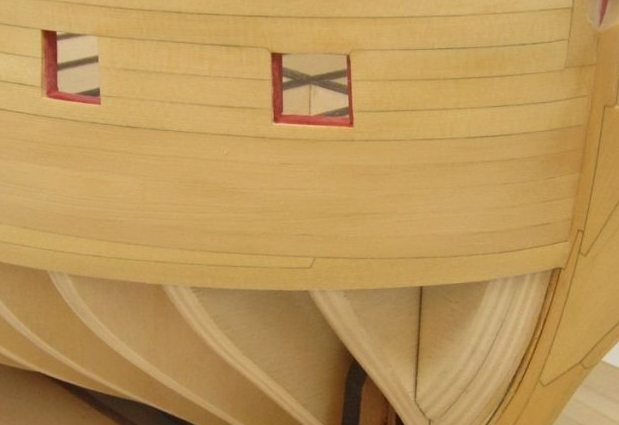
- Thukydides, fifthace and mtaylor
-
 3
3
-
50% May or may not be enough.
In the planking resources you will find that you should count the number of full planks amidships. Measure the space available at the bow and divide by the number of planks.
If it looks like the planks at the bow are going to be too narrow then you may need a drop plank which will reduce the number of planks at the bow by one.
-
12 minutes ago, fifthace said:
I had already reviewed the various subjects on here regarding planking
At the link provided above, did you look at the video regarding longitudinal bending?
It accomplished the same thing as spiling.
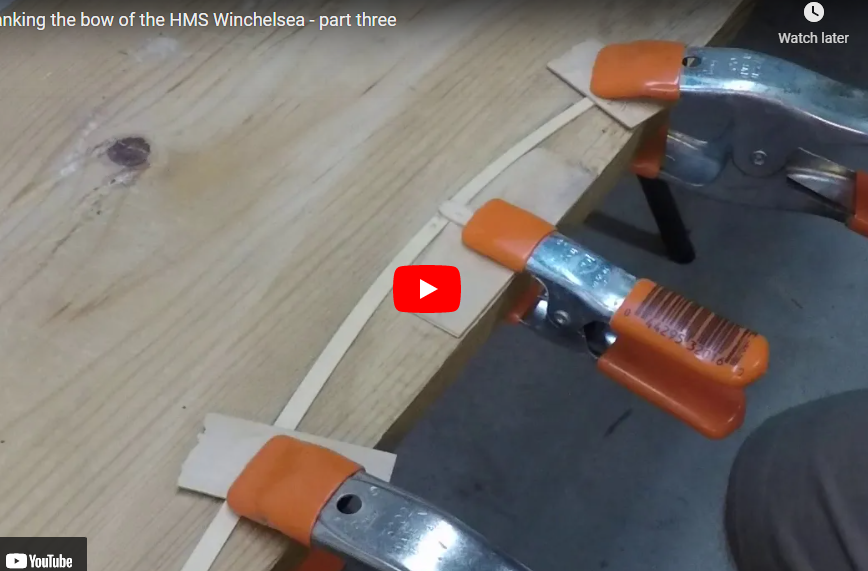
( Image from link above.. Not a video )
-
Here is a link for you:
https://modelshipworld.com/forum/98-planking-downloads-and-tutorials-and-videos/
Here is another recent topic where another member was given some help regarding of shaping planks to lie flat on a curved hull.
- Thukydides and mtaylor
-
 2
2
-
With regard to serving block strops, I would suggest it's a matter of getting it to look right rather than going with convention.
At 1:65 scale you face some challenges.
Some great examples of very detailed rigging, although at 1:48, is by Johann in his La Creole build.
I will point to some of his stropping work, but the rest of his build has a lot of rigging detail.
-
For sail cloth, I have used fine, high thread count shirts or dresses I have found at the thrift store.
I also like tulle for getting an interesting effect for windows when the subject calls for it.
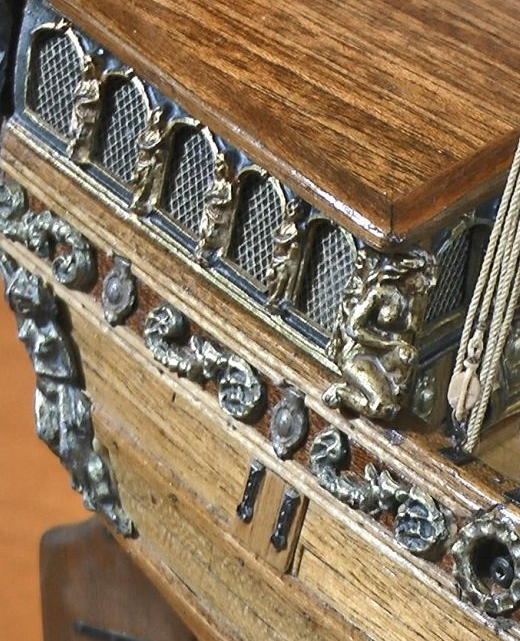
- mtaylor and Valkyrja68
-
 2
2
-

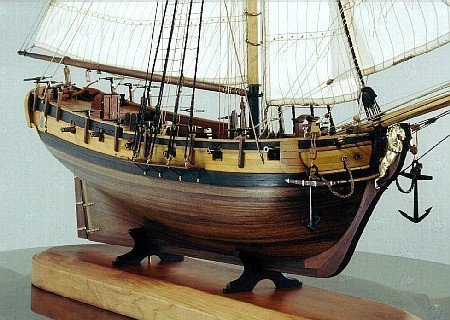
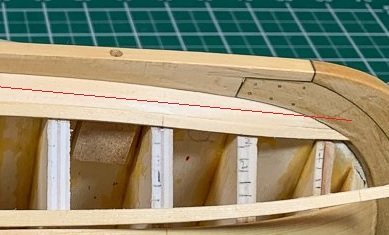
Sloup by michelev - Corel - first build
in - Kit build logs for subjects built from 1901 - Present Day
Posted
Not just you..